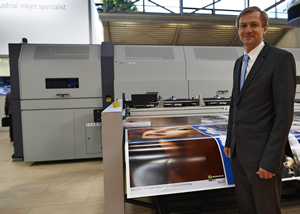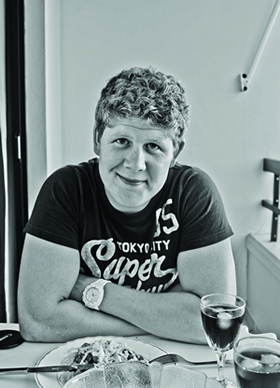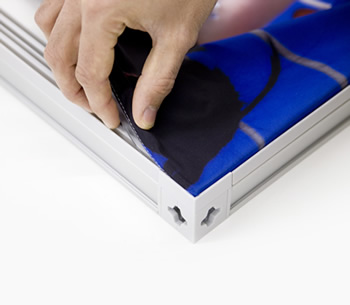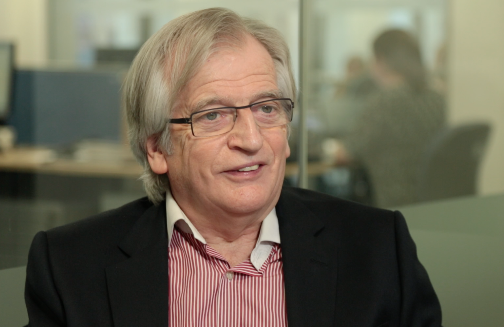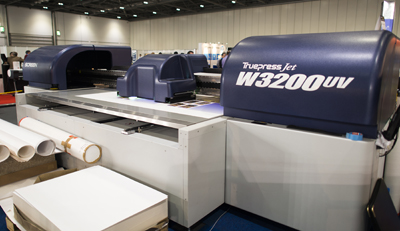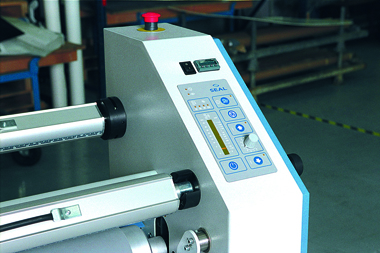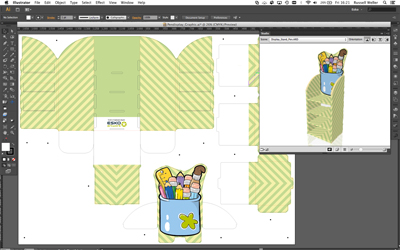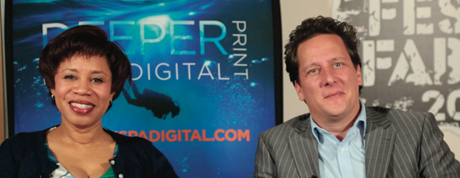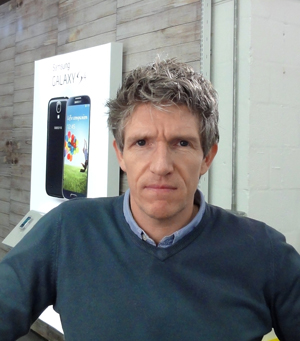Nessan Cleary takes you through the key printer developments of Fespa Digital 2014.
Fespa Digital 2014 certainly delivered in terms of product launches, especially when it came to new printers, a large number of which were shown in Europe for the first time. That said, many were really incremental upgrades to existing models, developments largely to address the demand for a better cost/productivity balance.
In terms of mid-volume production printers, several new machines shown at Fespa, including Canon’s new Arizona 6100 series, and the Fujifilm Acuity F (see panel).


